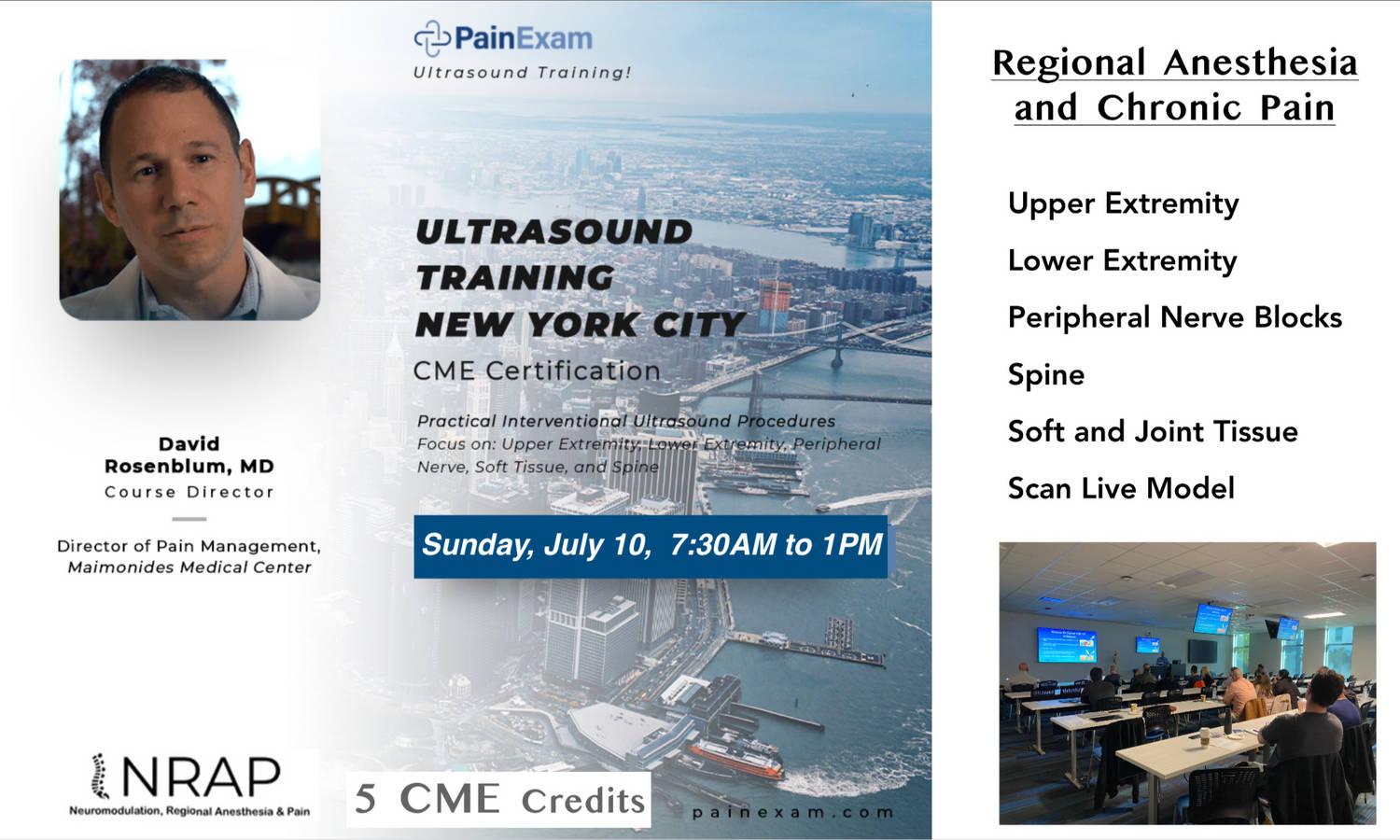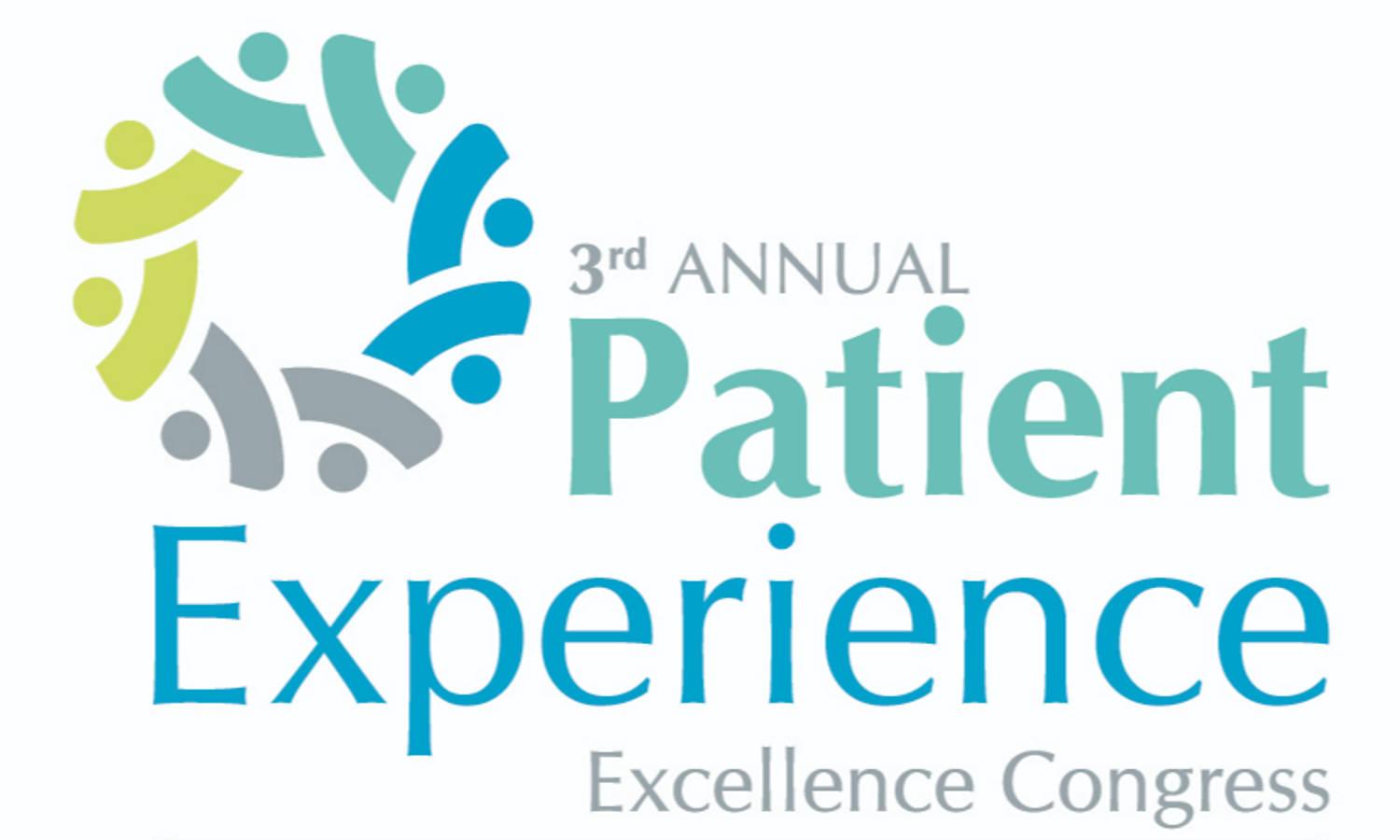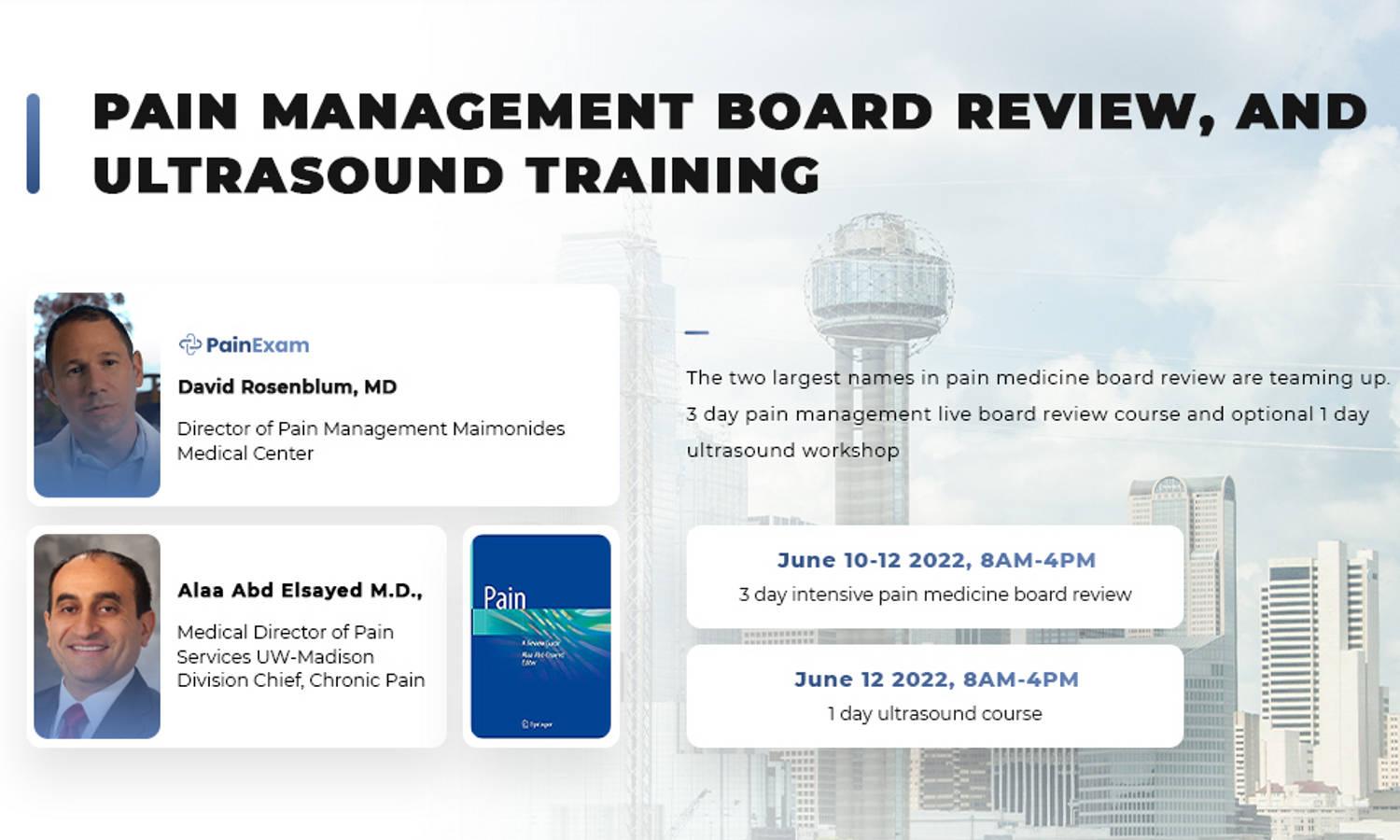
Recorded Course: Therapeutic Bundle (New Drug Update & Pain Management)
 hosted byUniversity Learning Systems (ULS)
hosted byUniversity Learning Systems (ULS)

Recorded Course: Therapeutic Bundle (New Drug Update & Pain Management) is organized by University Learning Systems (ULS).
New Drug Update Part 1
Released: 2022-04-27
Expires: 2025-04-27
Learning Objectives:
1. Identify recent FDA drug communications, including but not limited to, labeling changes, warnings, new indications, new dosage forms and MedWatch alerts.
2. Discuss the new drugs with respect to their pharmacology, pharmacokinet- ics, approved and unapproved indications.
3. Describe their adverse effects and drug interaction that may affect patient compliance.
4. Compare efficacy, dosage and cost to existing agents.
5. Discuss the patient oriented outcomes or evi- dence that may or may not exist for each of the new medications and when they may or may not be appropriate to rec- ommend for selected patients.
6. Compare pharmacotherapy outcomes vs cost/benefit between newly approved agents and existing or lower cost agents.
New Drug Update Part 2
Released: 2022-04-28
Expires: 2025-04-28
Learning Objectives:
1. Discuss the new drugs with respect to their pharmacology, pharmacokinetics, approved and unapproved indications.
2. Describe their adverse effects and drug interaction that may affect patient compliance.
3. Compare efficacy, dosage and cost to existing agents.
4. Discuss the patient oriented outcomes or evidence that may or may not exist for each of the new medications and when they may or may not be appropriate to recommend for selected patients.
5. Compare pharmacotherapy outcomes vs cost/benefit between newly approved agents and existing or lower cost agents.
Opioids and Alternatives- Strategies to Optimize Success
Released: 2022-12-09
Expires: 2025-12-09
Learning Objectives:
1. Describe how the role for the use of opioids in acute, chronic, cancer/palliative care and end-of-life pain has changed in the past decade.
2. Describe the key features of the 2022 Proposed CMS Recommendations/Guidelines for prescribing opioids for outpatients.
3. Differentiate addiction, physical dependency, and tolerance.
4. State key principles managing patients with ongoing therapy that includes opioid analgesics, including stating “red flags” for opioid misuse, abuse and diversion, and how to anticipate and manage adverse drug events.
5. Identify the main characteristics of patients who would be identified as "high risk", "moderate risk" and "low risk" for chronic opioid use.
6. State the definition of "hyperalgesia" and how to prevent/minimize this from negative ly influencing the care of patients who are receiving opioids.
7. State three reasons why opioids may not be effective for some patients with chronic pain.
8. State key educational principles that should be applied to all patients and caregivers regarding the safe use, proper storage and disposal of opioids.
9..Compare and contrast the pharmacological benefits and risks of the following non-opioid pharmacological options for managing pain: a) cannabinoids; b) NSAIDS; c) anti- convulsants; and, d) anti-depressants.








